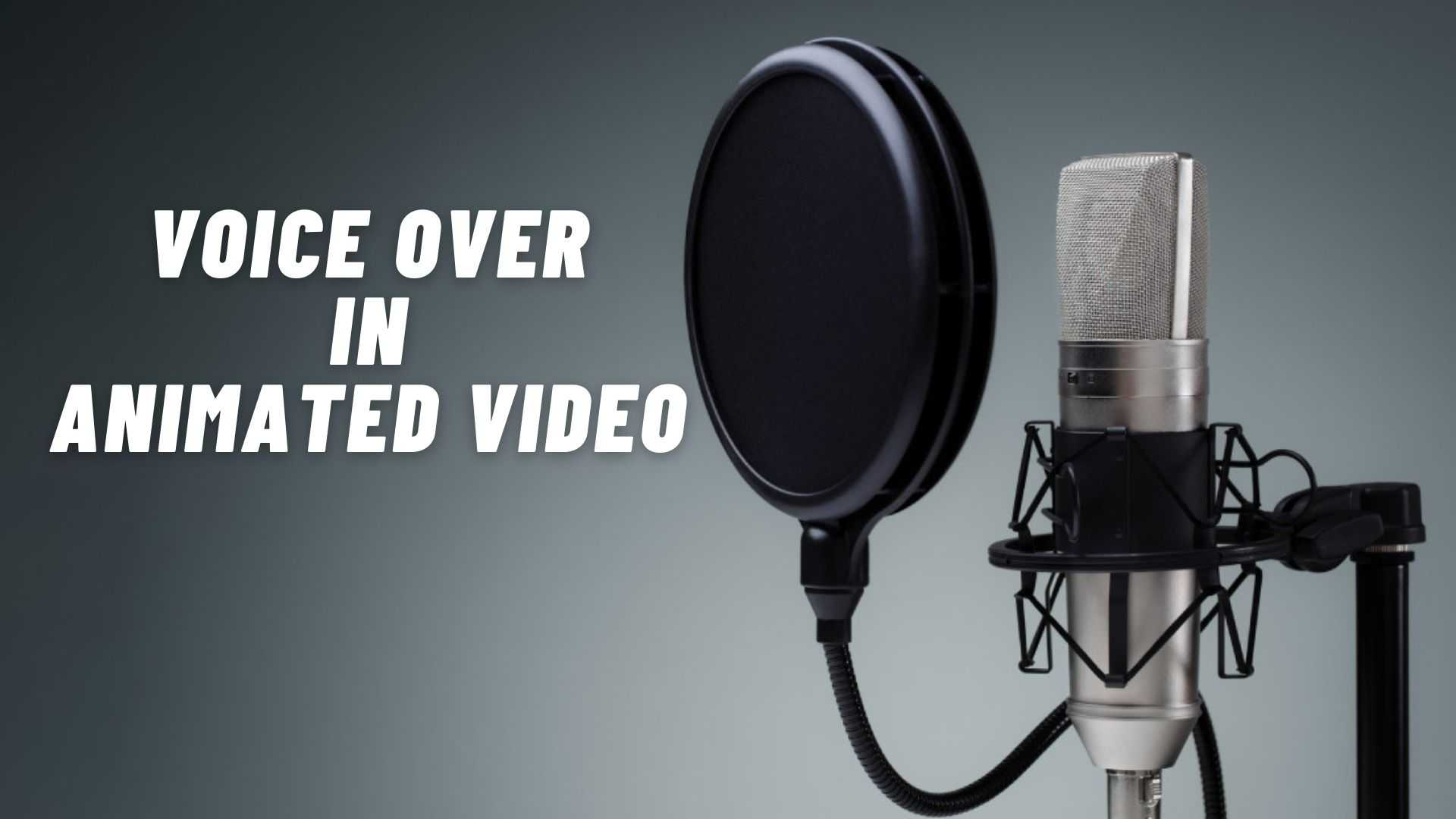Best Indian Languages for Dubbing in 2025
Dubbing has become essential for content localization in India, with audiences increasingly demanding high-quality voice dubbing in their native tongues. The diversity of Indian languages offers a rich opportunity for creators and businesses to dub their videos into multiple languages, enhancing reach, engagement, and cultural resonance. In this blog, discover the best Indian languages to dub your content in 2025 and how you can make your videos truly accessible.
Why Indian Languages Matter for Voice Dubbing of Your Content
India is home to numerous languages and dialects spoken across its vast geography. To create deep connections with diverse audiences, it’s crucial to dub your content in languages that resonate locally. The best approach to voice dubbing involves understanding your target demographic’s preferred languages, which often includes Hindi, Tamil, Telugu, Bengali, Marathi, Kannada, Malayalam, Punjabi, Gujarati, and Odia.
You can easily convert your video content into these languages to expand your brand presence, especially in Tier-2 and Tier-3 cities where regional language consumption is high. Voice dubbing with high quality, tone, and emotion preserves the authenticity of your original video, ensuring viewers stay engaged.
The Best Indian Languages to Dub Your Videos Into
Hindi
Hindi remains the most spoken language and the most sought-after for video dubbing in India. You can use Hindi dubbing to reach over 500 million speakers nationwide. It’s a language of choice for films, TV shows, and advertising videos to create strong emotional engagement with native-speaking audiences.
Tamil
Tamil is a crucial Indian language for dubbing, with a rich cultural heritage and a strong base in Tamil Nadu and Puducherry. You can dub your videos into Tamil to reach the southern markets efficiently. This language offers great potential for regional OTT content and e-learning videos.
Telugu
Telugu dubbing is rapidly growing, with 96 million real-time viewers across Andhra Pradesh and Telangana. Voice dubbing in Telugu enhances the accessibility of your content to this fast-growing market segment.
Bengali
Bengali content dubbing can tap into a global audience, not only covering West Bengal and the eastern states but also extending to international Bengali-speaking communities. Your videos into Bengali become more relatable and culturally vibrant with authentic voiceovers.
Marathi, Kannada, Malayalam, Punjabi, Gujarati, and Odia
These languages form an integral part of India’s multi-language ecosystem. You can convert your videos into any of these languages to meet diverse regional preferences. Voice dubbing in these languages preserves the tone and uniqueness of your content while broadening its appeal.
How to Create High-Quality Voice Dubbing for Your Content
Creating voice dubbing with the best possible quality requires attention to several factors:
- Choose the right language or languages based on your target audience.
- Ensure the voice dubbing maintains the tone and emotion of the original video content.
- Use dubbing tools that support multiple languages and realistic voices.
- Sync the audio perfectly with your video, preserving lip sync and timing.
- Incorporate voiceovers in your content that sound natural and engaging.
How You Can Easily Dub Your Videos with Trusted Tools and Methods
You can dub your videos efficiently using modern dubbing software/ai dubbing tool that is both easy to use and capable of realistic voice cloning. Many trusted platforms allow you to upload your video and convert the audio into multiple languages seamlessly while retaining voice tones and expression.
Whether you want to dub corporate training videos, marketing ads, movies, or educational content, these tools offer flexible options to generate voiceovers in diverse Indian languages that appeal to your audience.
The Future of Dubbing and Voiceover for Your Videos
Dubbing your content into Indian languages enhances accessibility and inclusivity by reflecting the linguistic diversity of your viewers. Voice dubbing brings your videos to life with authentic voices and emotional tone that keeps your audience connected.
Your video will benefit from the best voice dubbing experiences, combining ease of use and high quality. With your videos into Indian languages, you can reach new markets, increase viewership, and make your videos stand out.
Why Choose DUBnSUB for Your Professional Dubbing Needs?
For exceptional dubbing services in Indian languages, DUBnSUB is a trusted leader known for delivering high-quality voice dubbing and localization solutions. With state-of-the-art studios and a vast network of native voice artists, DUBnSUB ensures your content maintains its original tone and emotion while reaching diverse audiences. Whether for films, corporate videos, or e-learning materials, partnering with DUBnSUB guarantees professional, reliable results that enhance your content’s impact.
Frequently Asked Questions (FAQs)
1. What are the best Indian languages for dubbing in 2025?
The best Indian languages to dub your content into include Hindi, Tamil, Telugu, Bengali, Marathi, Kannada, Malayalam, Punjabi, Gujarati, and Odia. These languages cover the majority of India’s diverse population and ensure maximum reach and engagement. DUBnSUB specializes in dubbing across these languages with top-quality voice artists and studios.
2. How can I dub my videos into multiple Indian languages easily?
Dubbing your videos into multiple Indian languages is straightforward when you partner with professional dubbing studios such as DUBnSUB. Our team streamlines the process by offering multi-language dubbing and expert voiceover services. With seamless video and audio synchronization, your content becomes accessible across regions and connects with audiences through authentic local voices.
3. What makes dubbing with DUBnSUB different from others?
DUBnSUB distinguishes itself with a robust network of native dubbing artists, state-of-the-art recording studios, and operations spanning several countries. Our meticulous approach ensures realistic voice dubbing that carefully preserves the original tone and emotional nuance of your content. This dedication enables your videos to resonate with audiences in any language.
4. Can dubbing help improve user engagement for my content?
Absolutely. Voice dubbing in native Indian languages makes your content culturally relatable and easier to understand, which significantly increases viewer retention and satisfaction. With DUBnSUB’s professional dubbing, your content can reach new markets and create lasting impressions.
5. Is dubbing suitable for all content types?
Yes. Dubbing is ideal for films, TV shows, OTT platforms, corporate training, e-learning, advertising, and more. DUBnSUB provides customized dubbing services tailored for various industries, ensuring the highest quality regardless of content type.
6. How do I get started with dubbing services at DUBnSUB?
Getting started is simple: reach out to DUBnSUB via our website or drop us an email at [email protected]. Our experienced team will guide you from script translation to final voice recording and delivery, making the entire dubbing process efficient and stress-free for your project.



